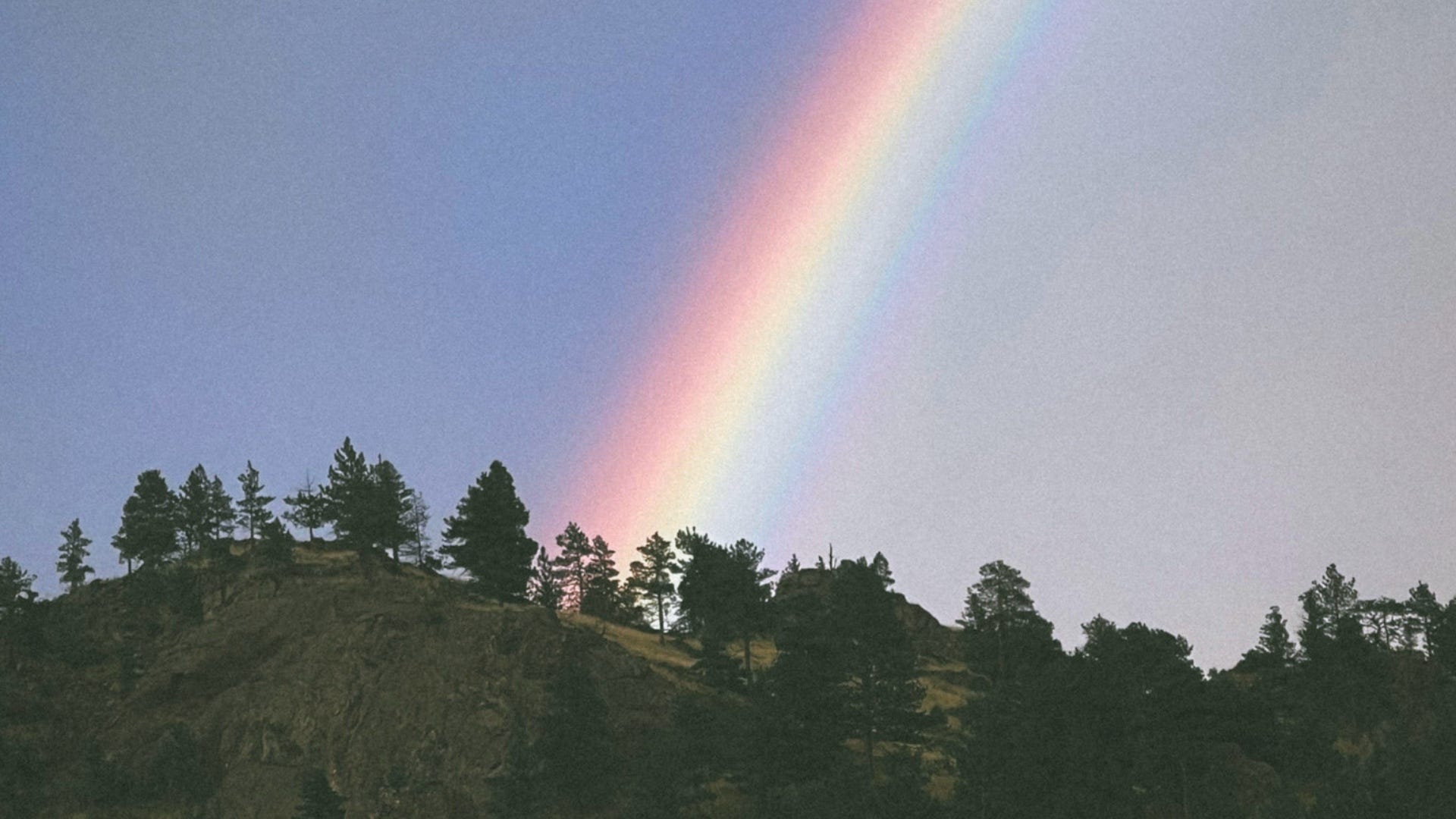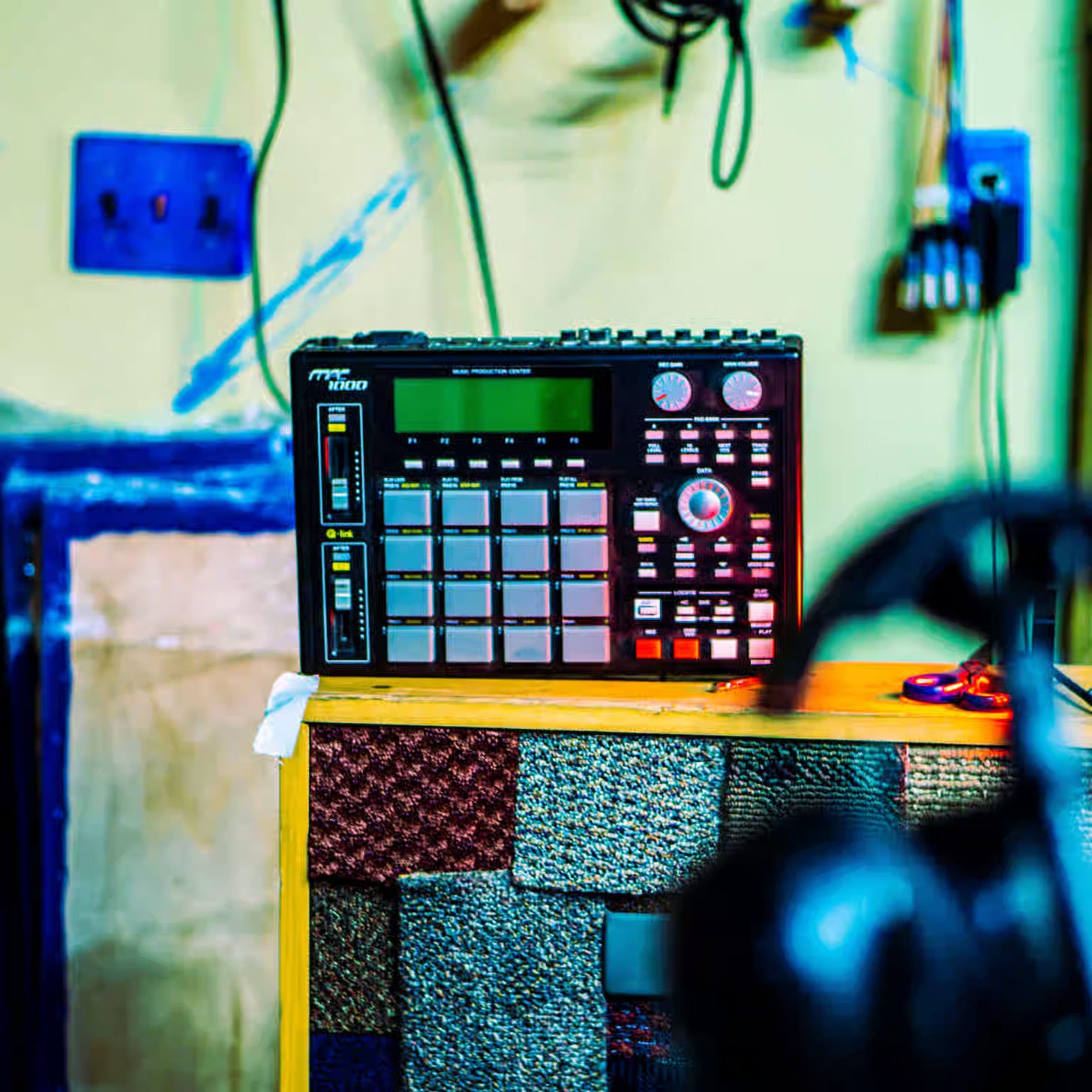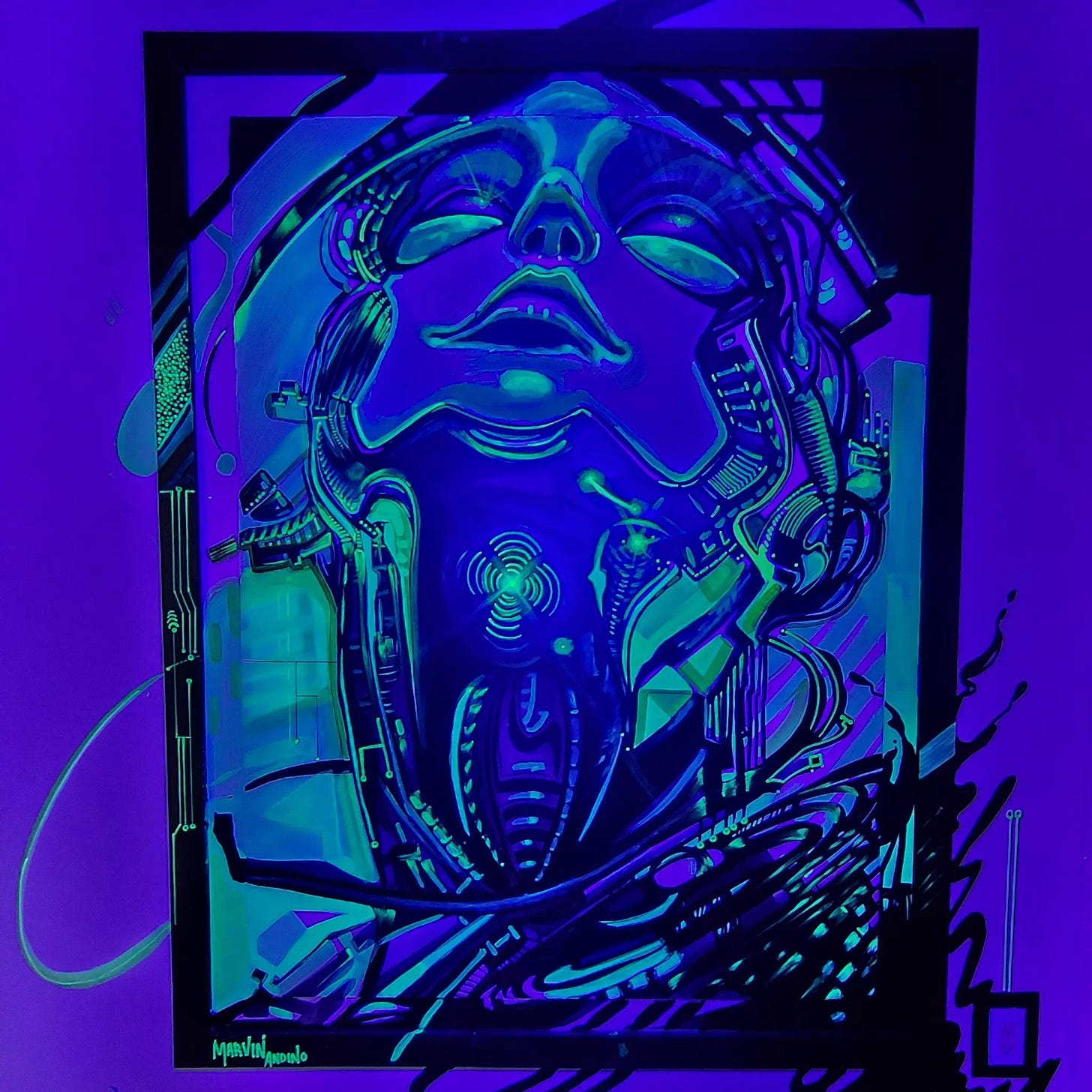The Ecology of Creativity
How to cultivate the soil for new ideas to grow.
At Artizen, we’ve invested in thousands of creators across cultures and disciplines. Some succeed wildly. Some struggle.
But over time, patterns start to emerge.
You begin to see that breakthroughs aren’t random. Creativity flourishes when people have a sanctuary to quiet the noise, collisions that spark new thinking, and the tools to turn ideas into reality.
Sanctuary
Where the noise goes quiet.
Creativity needs space. Not metaphorically. Literally. Silence, wilderness, slowness, room to think — these are essential nutrients for a creative ecology.
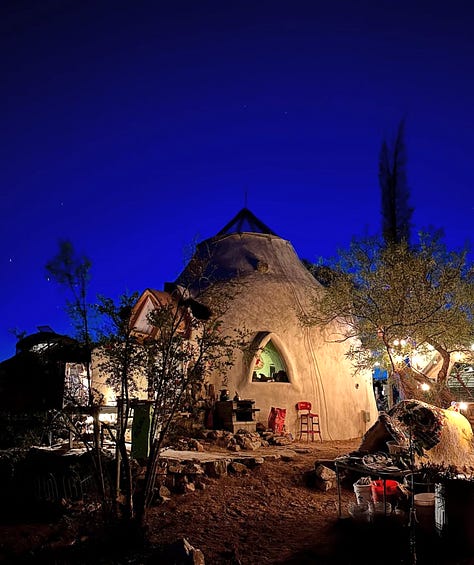
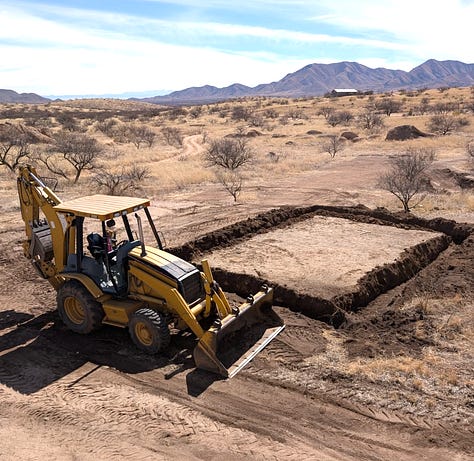
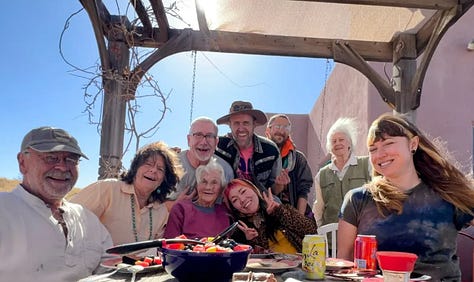

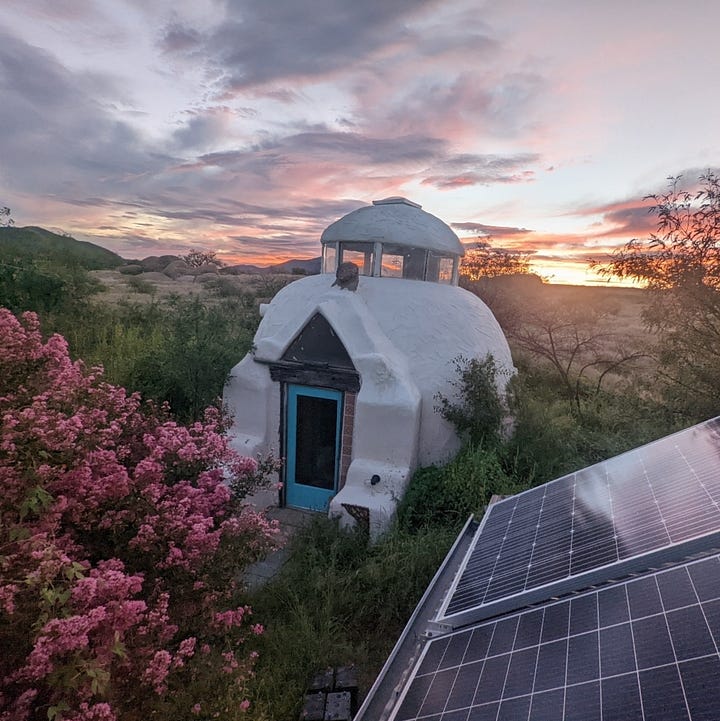
You feel it at Grandmatopia, where a circle of grandmothers hand-built an earthen homestead and wildlife preserve in the Dragoon Mountains. Their descendants are restoring it now — opening the land to artists who seek a sanctuary shaped by reverence for the natural world.
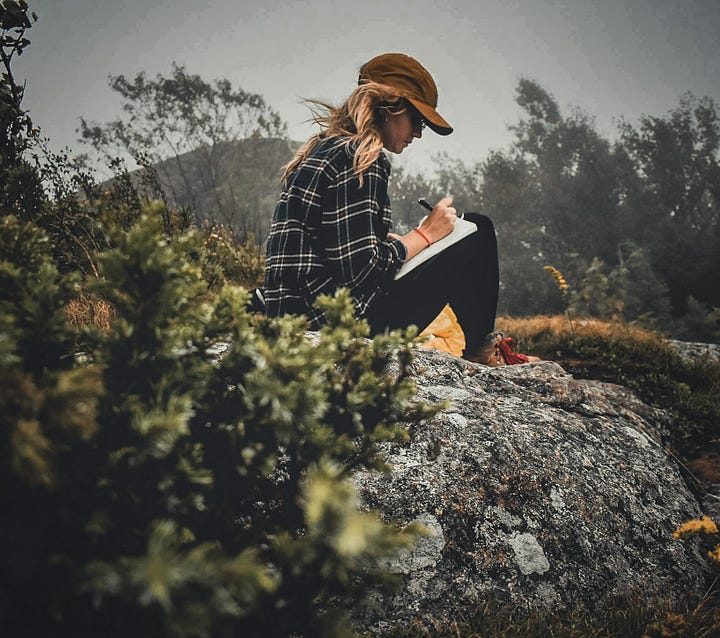

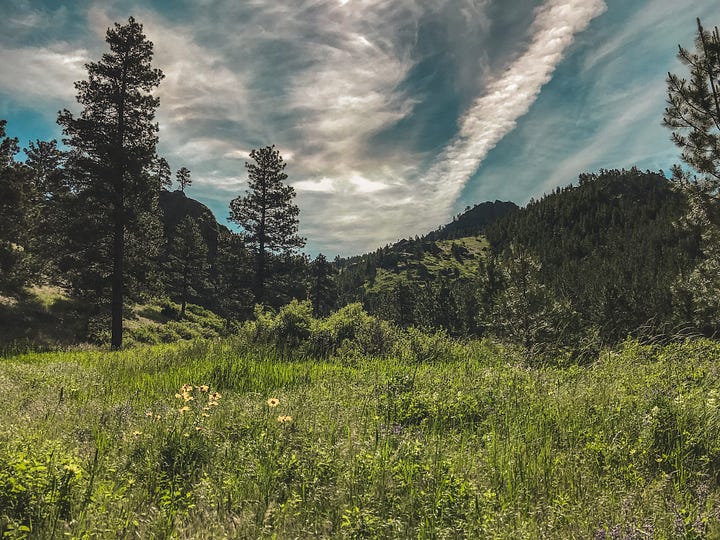
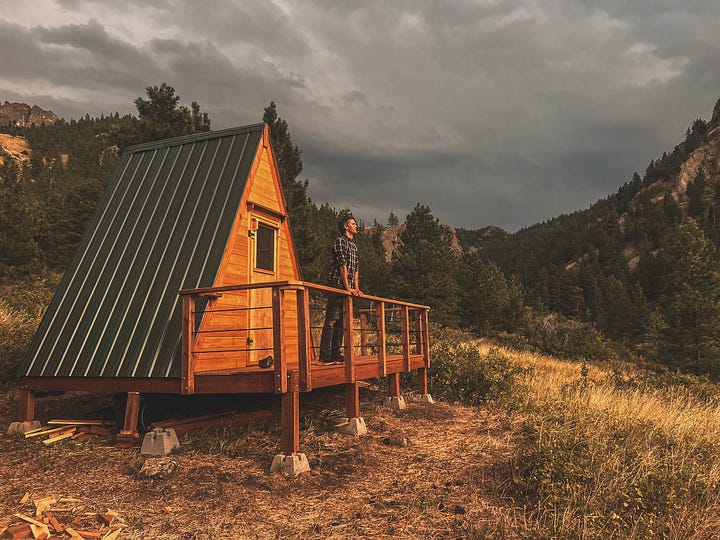
And you feel the same vibrations at the Outer Echoes Artist Residency in Cascade, Montana, where regenerative agriculture and creative practice grow side by side. It’s a place to work, reflect, and reconnect with the rhythms that sharpen attention in ways no city can.
When the mind relaxes, creativity follows.
Creative Collisions
The spark of the unexpected.
Once you create space, you need collisions. New ideas come from friction — unexpected connections, cross-disciplinary encounters, cultural mixing.
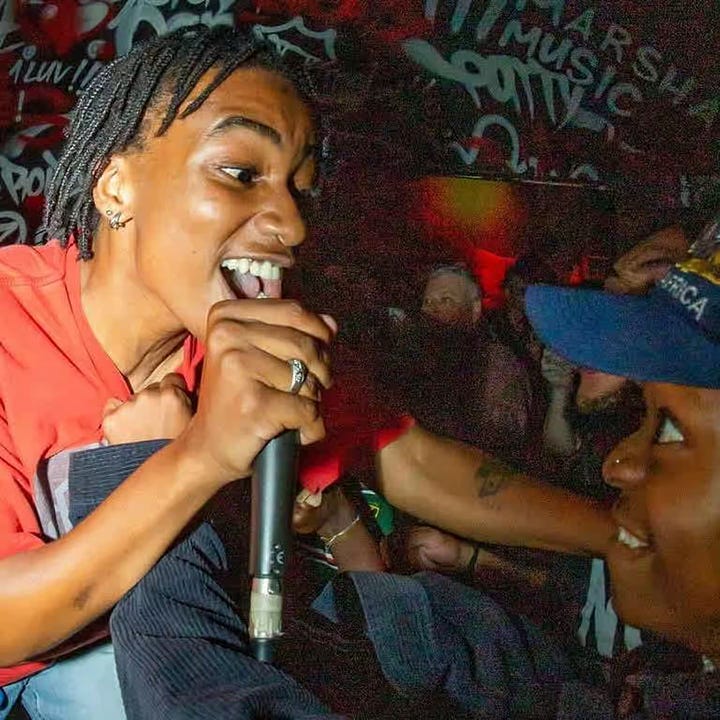
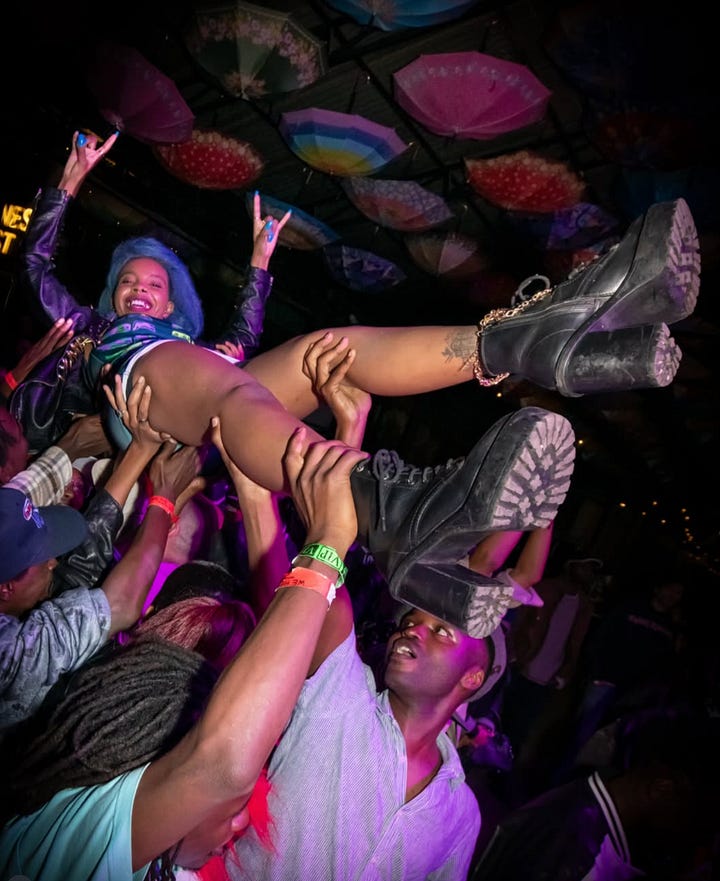
You plug into that energy instantly with We’re Loud Africa, a roaming punk festival that picks a different country each year and drops musicians into the heart of a culture they’ve never played in before. In Nairobi, local bands shared the stage with international proto-punk legends like DEATH.

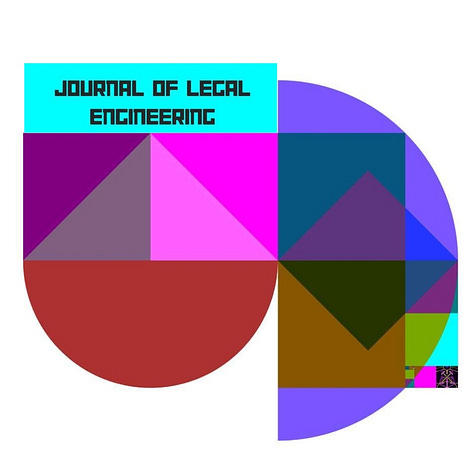

You sense a similar spark in DeSci Reviews, where collisions happen through ideas instead of sound. Traditional journals trap knowledge behind paywalls; DeSci Reviews turns research into portable, verifiable objects that circulate freely. Scientists keep their rights, peer review becomes transparent, and new fields take shape as ideas bump into one another in the open.
When ideas move, they transform. Collision is the spark.
Access to Tools
The means to make something real.
Inspiration is cheap. Execution isn’t. Every creative ecology depends on tools — the instruments, machines, labs, and materials that turn ideas into something real.
You see this clearly at Resonate, a recording studio and performance space in downtown San Francisco built to give overlooked musicians access to world-class audio engineering for free. Young talent can record, experiment, and be heard — not because they can pay, but because someone built the space for them.
You feel the same force at Make.DIY in Roatán, a biohacking and rapid-prototyping lab where creators get access to 3D scanners, cybernetics gear, and advanced fabrication tools. Artists, engineers, and curious learners build prosthetics, prototype inventions, and learn skills impossible to access elsewhere.
Tools change what’s possible. A creative ecology thrives when people can build.
Cultivating Creativity
Across all these projects — sanctuaries, festivals, residencies, labs, decentralized publishing networks — the pattern is unmistakable.
Give people a sanctuary.
Give them creative collisions.
Give them tools.
And creativity takes root. From that soil, new worlds can grow.
Love,
René Pinnell
Founder of Artizen



